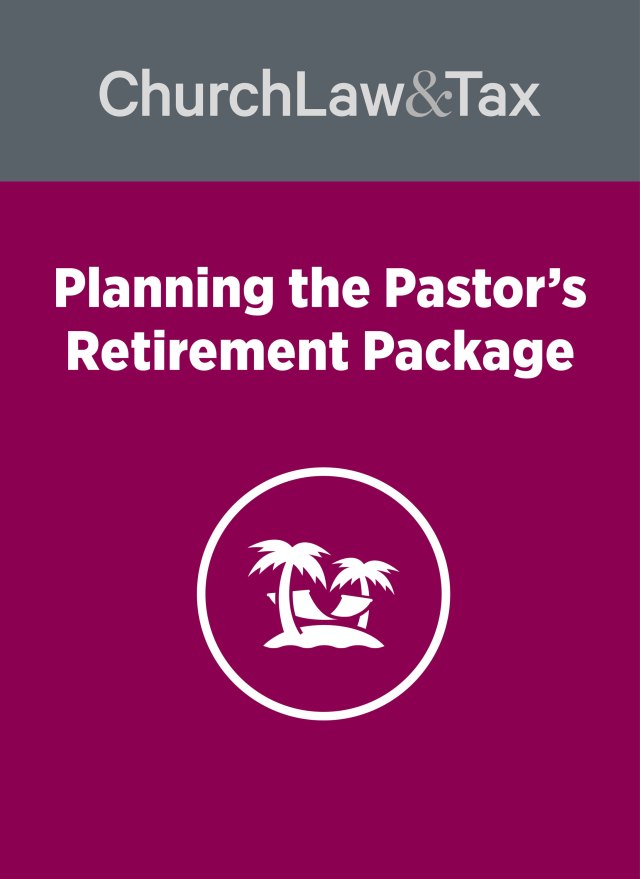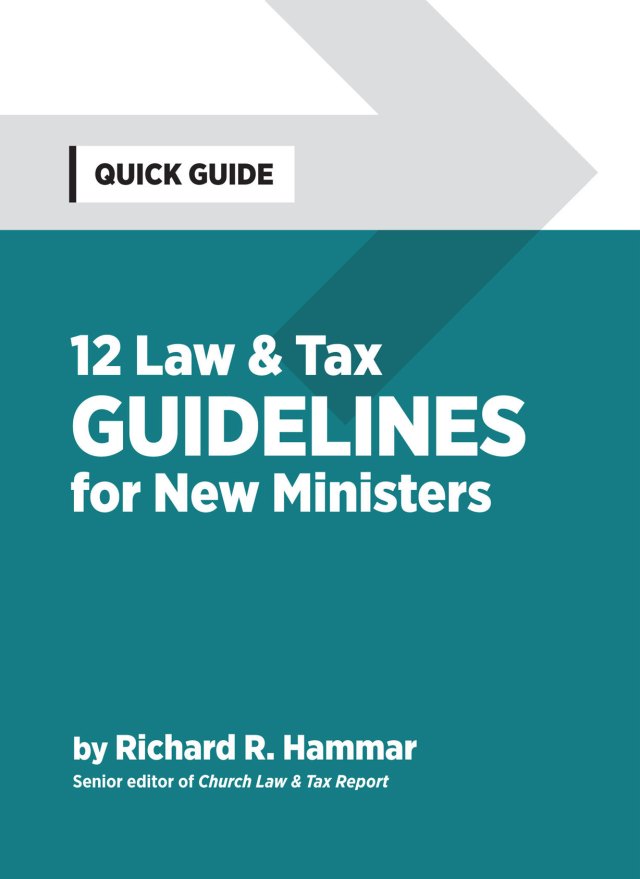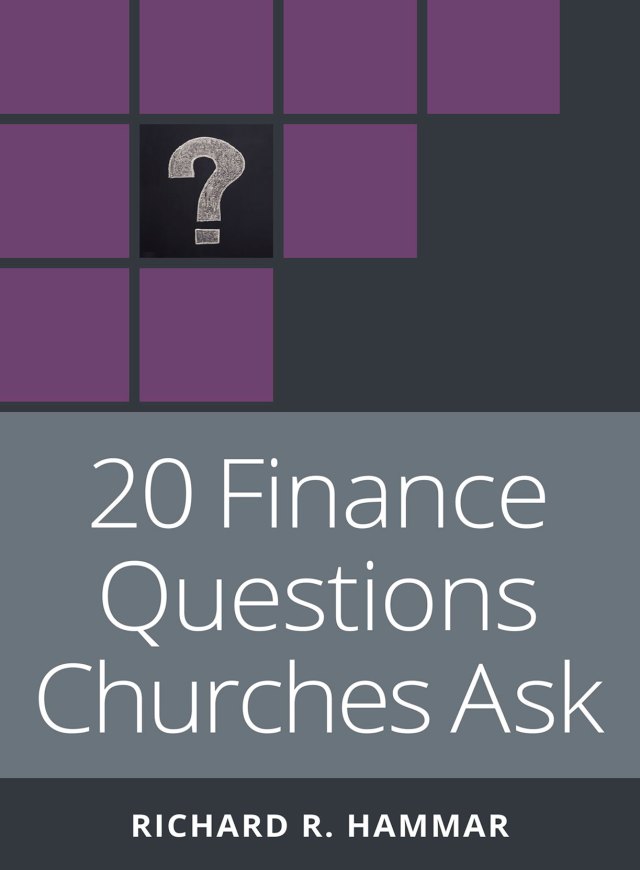On October 1, 1999, the Social Security Administration (SSA) launched the largest customized mailing ever undertaken by a federal agency when it began mailing an annual Social Security statement to 125 million workers. The 4-page statement is designed to help workers with financial planning by providing estimates of their retirement, disability and survivors’ benefits. The statement will also provide workers an easy way to determine whether their earnings are accurately posted on their Social Security records. This is an important feature because Social Security benefits are based on an individual’s career wage record—not on taxes actually paid.
Here are some points for church treasurers to note:
- The SSA will send the annual statements to workers who are ages 25 and older and not receiving Social Security benefits. SSA will stagger the mailing of the statements throughout the year, with approximately 500,000 statements delivered each day. Workers will automatically receive their statements about three months before their birth month.
- An annual statement will contain the following information: (1) an estimate of the monthly retirement benefit that the worker would receive at age 62, full retirement age, and age 70; (2) an estimate of the amount of monthly disability benefits the worker would be entitled to receive if he or she became disabled; (3) an estimate of the monthly benefits the worker’s family would receive in the event of the worker’s death; (4) an annual breakdown of the worker’s earnings to date; and (4) a total of the Social Security taxes paid by the worker and his or her employer over the individual’s working career.
- The SSA recently redesigned the statement to make it more user-friendly. For example, the language was simplified, the number of pages was reduced from six to four, and the redesigned statement was tested with focus groups and through a mail survey of 16,000 workers.
- Church treasurers should inform compensated staff members that they will receive their annual statement within three months prior to their birthday, and encourage them to check the accuracy of the “earnings” and “taxes paid” sections of the statement.
Key point. Each annual statement will report a worker’s lifetime earnings on an annual basis, along with total Social Security taxes paid each year by the worker and his or her employer. It is important for church workers to check the accuracy of the earnings reported on their statement, since this will determine the amount of Social Security benefits they will receive in the future. Workers who can prove that the earnings information reported on their statement is incorrect should contact their local Social Security office for assistance in correcting the record.
Key point. It is especially important for ministers to check their statements carefully, because their earnings history is vulnerable to error for two reasons. First, many ministers who report their income taxes as employees erroneously report their social security taxes as employees (the church withholds FICA taxes from their wages like any nonminister church employee). In fact, ministers always are self-employed for social security with regard to the exercise of their ministry. Some ministers who report their social security taxes as employees have discovered errors in their earnings history, presumably because of their incorrect reporting status. Second, ministers who continue to work after beginning to receive social security retirement benefits are assumed by the SSA to be receiving twice their reported income. This is because such ministers will report income as wages on Form 1040 (line 7) and also as self-employment earnings on Schedule SE (Form 1040). SSA computers assume that amounts reported in these two places reflect different sources of income. While this is true for most workers, it is not true for ministers. Again, the reason is that their income must be reported as self-employment earnings on Schedule SE even though the same income is reported as employee wages on Form 1040. What appears to be “two” different sources of income in fact is only one. The result is that the minister appears to be earning more than the “annual earning test” (the amount that a retired person can earn between ages 62 and 70 without triggering a reduction in Social Security benefits). The bottom line is this—ministers should carefully review their yearly earnings history as reflected on their annual Social Security statement so they can correct errors.
- Church treasurers should consider including a notice to church members in the weekly bulletin or church newsletter. Here is a sample notice: “SOCIAL SECURITY ANNUAL EARNINGS STATEMENT. Beginning on October 1, 1999, the Social Security Administration began mailing annual statements to workers 25 years of age and older. The 4-page statement will contain several items of information, including an estimate of the monthly benefit the worker will receive at retirement, and an annual breakdown of the worker’s earnings to date. Since your social security benefits will be based on your prior earnings, it is important to check your statement for accuracy. Any errors should be reported to the nearest Social Security office. You also can use the statement to determine if you need to increase annual contributions to your retirement plan.


